
MEL Medicine is a monthly subscription box for kids 14-99+ that includes exciting hands-on kits designed to bring Med School home. Certified safe and packed with professional medical tools, this kit is filled with experiments, procedures, and discoveries for the whole family.
This month we reviewed the Laboratory Diagnostics: Urinalysis kit from MEL Medicine.
This box was sent to us at no cost for review. (Check out our editorial guidelines to learn more about how we review boxes.)
MEL Medicine: Laboratory Diagnostics: Urinalysis
For those new here, I am an educator and mom, and love supplementing at-home learning into my kids' public school education. That being said, I was absolutely thrilled to receive a surprise shipment of the MEL Medicine boxes for Hank and I to try out. While Hank is a couple of years short of the intended age, (he's almost 12, when this is geared towards 14 and up), he was really excited to try this kit out. Not only is my actual college degree in Medical Technology, but I actually worked as a Clinical Lab Scientist for 6 years before staying at home with my babies! This nostalgic theme was a great introduction to medicine for my son, and brought back so many memories for me. That being said, I can't recommend this box enough!
Not only was Hank excited to receive this kit in the mail, but he really appreciated the professional tools inside. Paired with the app, we couldn't wait to see where this month's theme would take us. Read below to find out what we discovered.

Organized neatly and tucked away in foam, all components were laid out in a very organized manner. Hank was extremely intrigued when he saw the bottles of imitation urine laid out, and couldn't wait to see just what we would be doing with it.
MEL Medicine "Laboratory Diagnostics: Urinalysis" Tests
In this month's box, we were provided with the materials to perform 7 urinalysis tests on four different patients. MEL Medicine utilizes their app for instructions, so you will have to download it for a guide.
Supplies
This kit came with a ton of professional supplies. Because a lot of these supplies are used throughout many of the experiments, we will go through everything included first.
Safety Supplies
Because we are working with chemicals, a pair of heavy duty safety glasses were included, along with gloves. Back in 2008, I wasn't required to wear safety glasses at the hospital, but I did go through hundreds of pairs of gloves! Also included were a few absorbent pads in case a bit of the imitation urine was to leak.
Imitation Urine, Tubes, and Cups
Including four different bottles of imitation urine, we also received 10 vacutainer urine tubes, four urine cups, and a measuring cup. These cups and tubes are way more fancy than what I used on the urine bench, and were a lot less messy! The top of the cup does feature a needle to easily transfer urine to the tube, and my current lab friends were jealous!
Chemicals
No experiment would be complete without the use of chemicals! To perform our necessary tests, we received a bottle of Copper sulfate, Sodium carbonate, Sodium citrate 5.5-hydrate, and testing strips.
Measuring Tools
Also included were a few different measuring tools. Capped vials, a measuring spoon, multiple pipettes, a measuring cylinder, and a glass hydrometer were also included. Seriously - these are professional supplies that I used in the actual laboratory!
Reference Guides and Assessment Tools
While urinalysis seems like it wouldn't be that complicated, it really does have a lot of components. To make life a little easier, we received a set of reference cards that show normal values as well as abnormal ones. Also included was a magnifying glass, test tube rack, and plastic containers for crystal viewing.
Experiment #1 Sediment Analysis
After setting up our urine station, we logged into our MEL Medicine app, and chose the "Sediment Analysis" experiment. It is designed to walk you step-by-step through each test, and explain why a lab tech would perform it. In this particular test, we are looking for urine crystals or sediment. Hank read through the information and extracted sediment from the bottom of one of the imitation urine bottles with a pipette. Then using a flashlight, he was able to see crystals floating in the sediment. We went through all four imitation urine samples and documented our results.
Experiment #2 Color and Turbidity
The next test we needed to perform was based on color and turbidity. Normal urine is a light yellow color, but we learned what can cause urine to look red, cloudy, brown, or chunky. After labeling the four urine containers, Hank poured the urine into each one, and used the vacutainer tubes to get a sample of each. Using the graduated cylinder, he observed each color and documented it, along with the turbidity found by holding the cylinder over the large "+" on the paper. An easy test to perform, this can give you important information regarding a patient, and may warrant a microscopic exam.
Experiment #3 Density
Another way to assess kidney health is to measure their ability to balance water content and excrete waste, and in order to do so, doctors can measure urine density. The more waste there is in the urea, the more dense it is. To measure for urine density, Hank poured 50 mL of urine into the measuring cylinder. Once filled, he lowered the hydrometer into the urine, waited one minute, and wrote down the reading on the density indicator. After doing this for all four patients, he cleaned up his area, and put the hydrometer back in its case.
Experiment #4 Protein Analysis
The next test measures for protein. If there is protein in your urine, it usually indicates something is wrong with your kidneys. Hank started this test by placing urine tube A-D in the test tube rack. Adding two drops of Sodium carbonate and four drops of Copper sulfate to each test tube, he closed the lids and gently gave them a shake. After one minute he discovered that the tubes with blue or green in them indicated a high protein content. He then wrote down his results.
Experiment #5 Glucose Analysis
Hank was familiar with the term "glucose" but was interested to find out that urine shouldn't contain the substance. Looking at the reference cards, we found diabetes symptoms, and followed the directions listed on the app to prepare "Benedict's Solution" which detects sugars. Pouring 2 mL of Copper sulfate into the small test tube, Hank added four small spoonfuls of sodium citrate and mixed. Opening the lids again, he added 3 mL of Sodium carbonate and mixed again. Voila, the Benedict's solution is ready! After arranging the fresh urine test tubes in order, Hank popped off the tops and poured 50 mL of hot water into the measuring cup. Adding 15 drops of the Benedict's solution to each test tube, he closed the lids and let them sit in the warm water for 5 minutes. Once the timer alarmed, he added new hot water and set the timer again for 5 minutes. The color would then chance if there was glucose present. I'll admit, we didn't get a good photo of this because it was a delayed reaction. We didn't see anything happen after the 10 minutes, but after 15 we found a reddish-orange sediment in one of the test tubes, indicating that the glucose content was high. Cool!
Experiment #6 Test Strips
Back in my lab days it was all about the reagent strips paired with microscopic examination, rather than these reagent tests we did above. To exhibit that, we were sent a few reagent strips to use as well. This was much less time consuming, and quicker, but didn't give you the background that the good old fashioned testing does. Hank dipped the reagent strip into the urine and counted down for the result, documenting on his sheet of paper.
Experiment #7 Patient Diagnosis
The last experiment we were given actually didn't involve most of the supplies, instead just a patient chart. Online, we were given a case study about a gal named Samantha Wilson. Here we were given the routine information, and had a chance to choose the questions we were to ask her to try and make a diagnosis. Hank really enjoyed writing in the chart and asking the questions. With the help of the reference cards and the knowledge we gained from the urine tests, he was able to guess a diagnosis of Diabetes, and was correct!
Final Thoughts - Was This Box Worth It?
Absolutely! The Laboratory Diagnostics: Urinalysis box was soooo cool!! I know this box is geared towards kids ages 14+, but with my help, Hank learned a lot. Because this theme was part of my career for 6 years, I had a really fun time sharing it with my son, and it helped him see how cool a career in medicine could be. That being said, this box is quite time consuming. There are a lot of parts and pieces, and we did it in sessions. Overall, this subscription was a great fit for my family, and a wonderful project for us to experience together, all while learning about science and medicine.
I also want to note that there are always additional experiments that you can do online with these boxes if your child is so inclined. I have downloaded the app and have found a ton of extra experiments, awards, AR and VR opportunities, and more! Check it out!
The Cost: Subscriptions start at $64.90
To Wrap Up:
Can you still get this box if you sign up today? Yes, this box is still available. From MEL Medicine:
"Your first package will arrive within 2 weeks of registration. Subsequent monthly packages will be delivered within 2 weeks of each monthly charge."
What do you think of MEL Medicine? Let us know below!












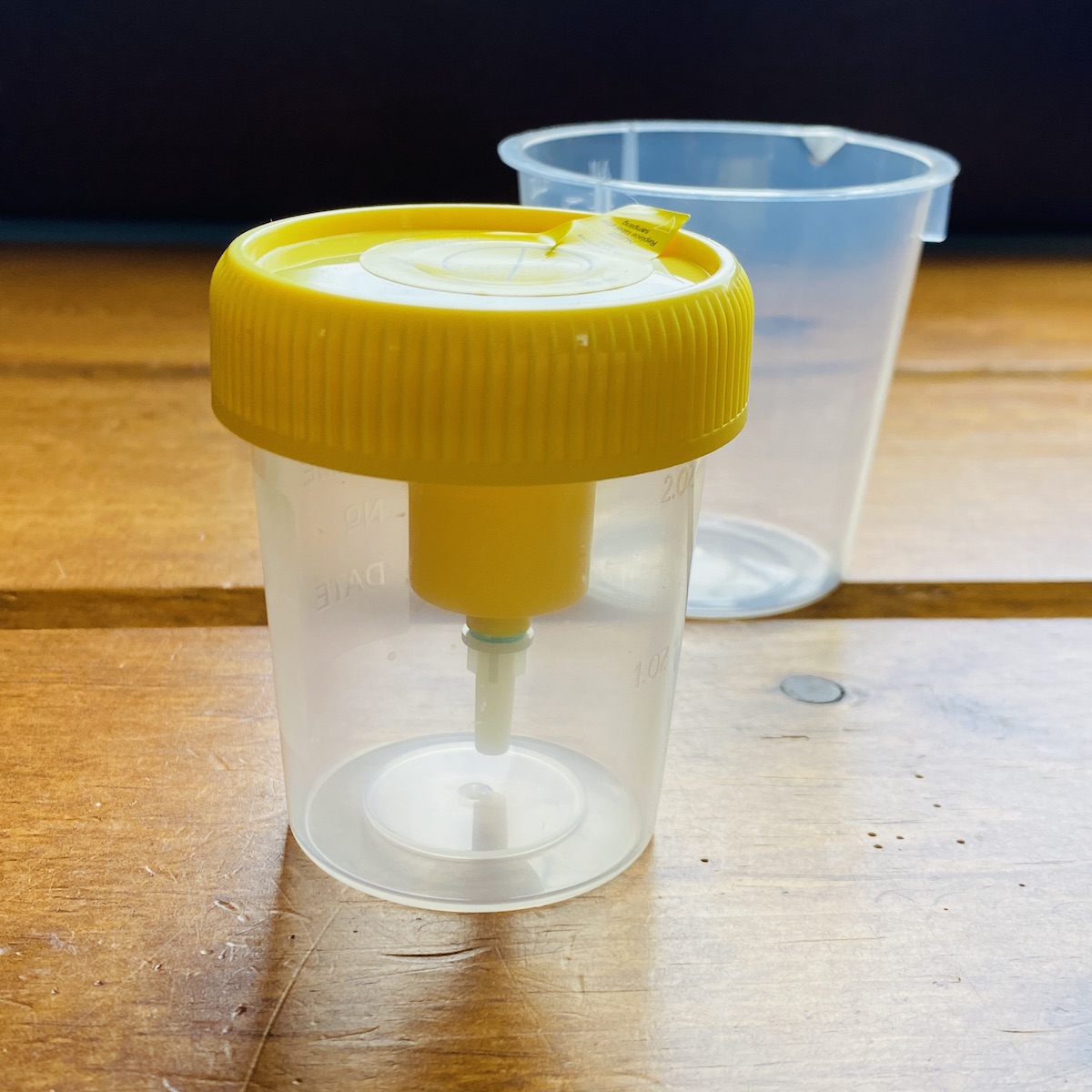









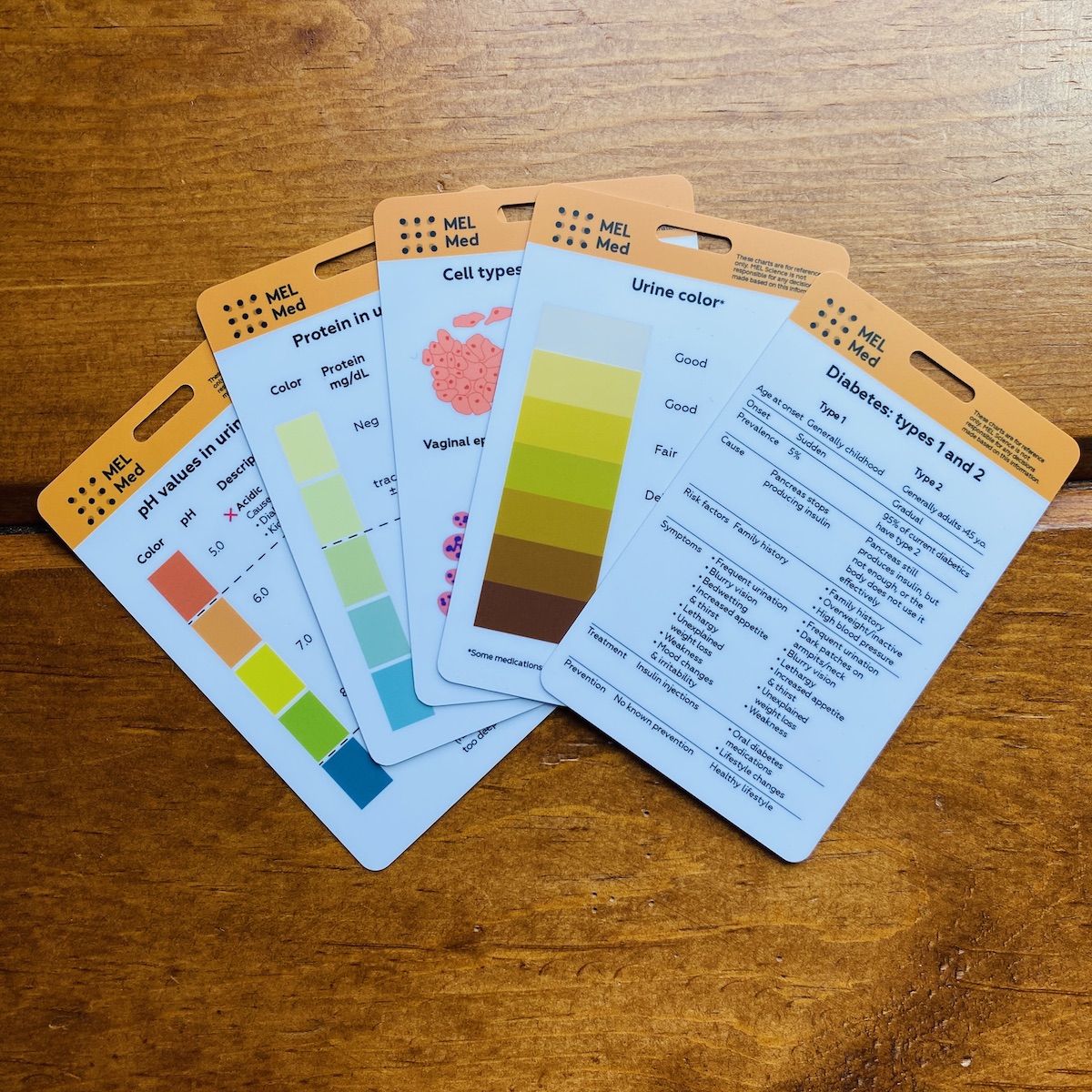


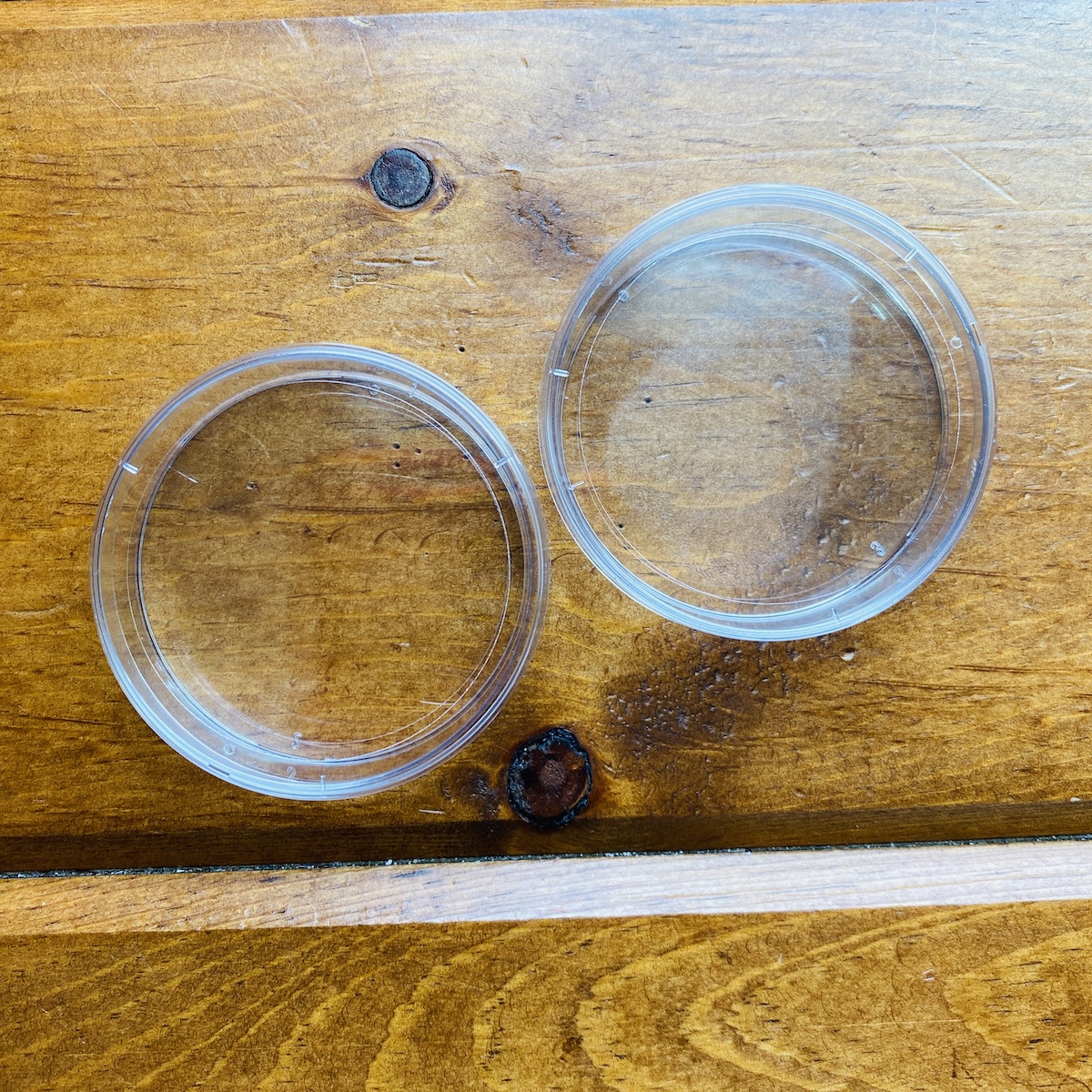
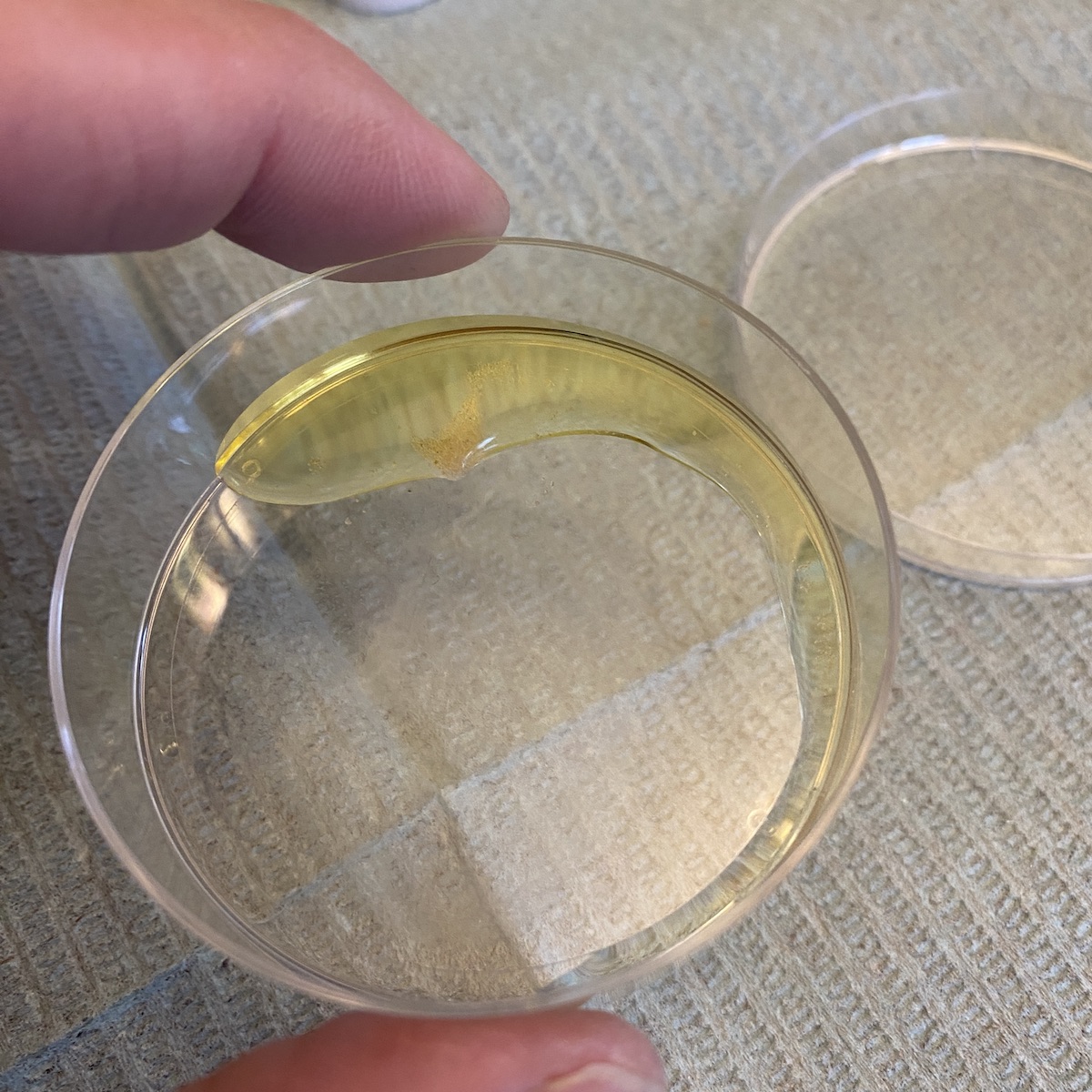

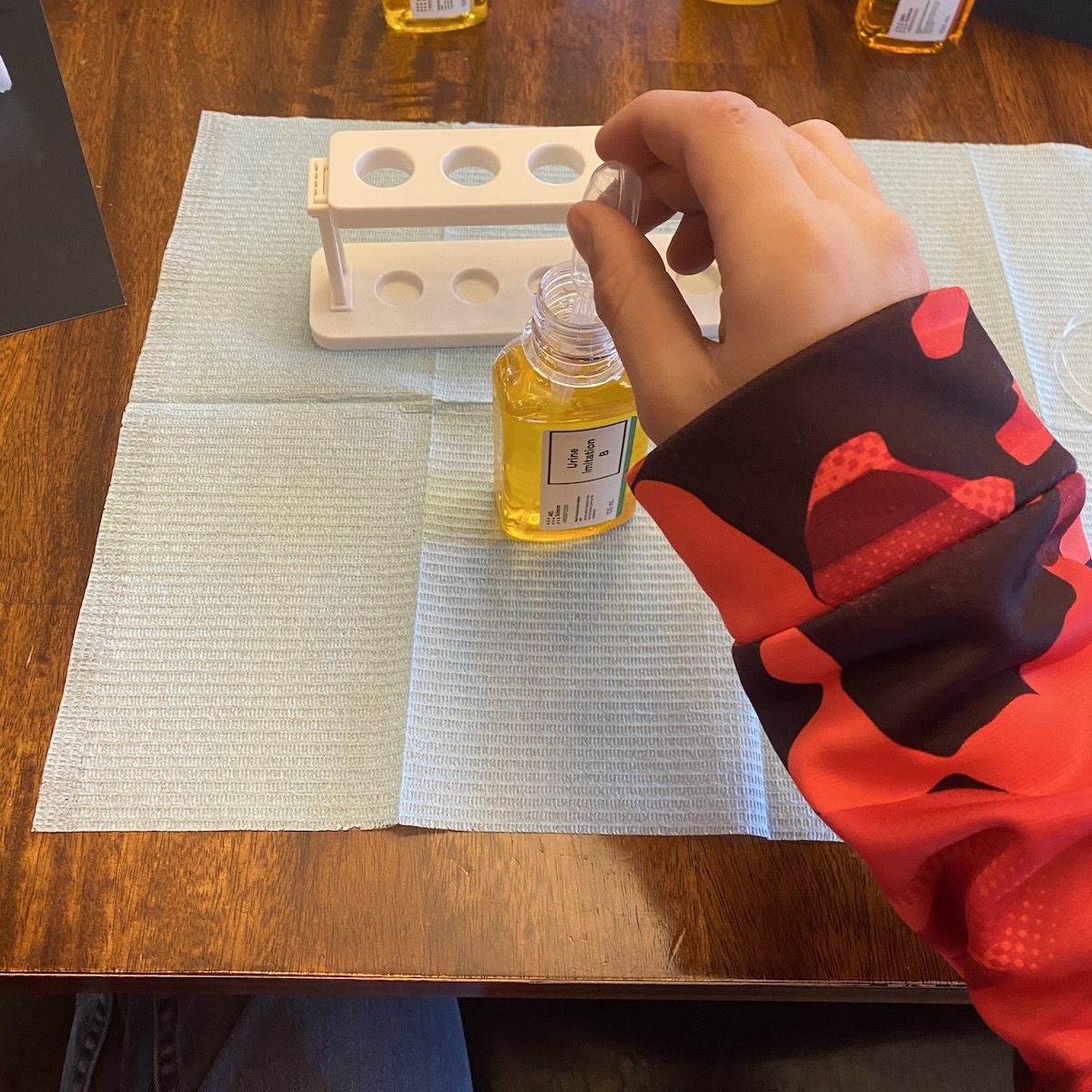
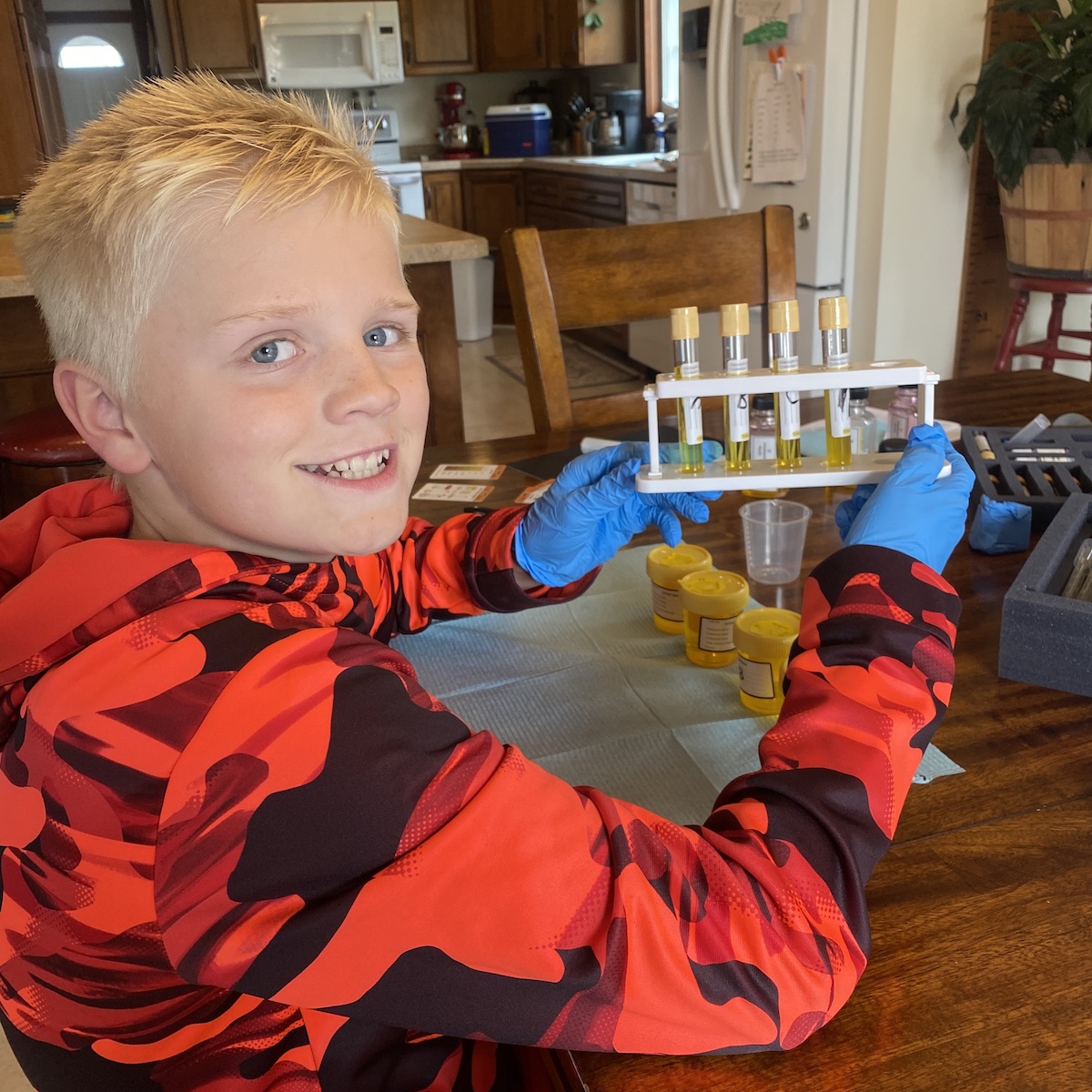

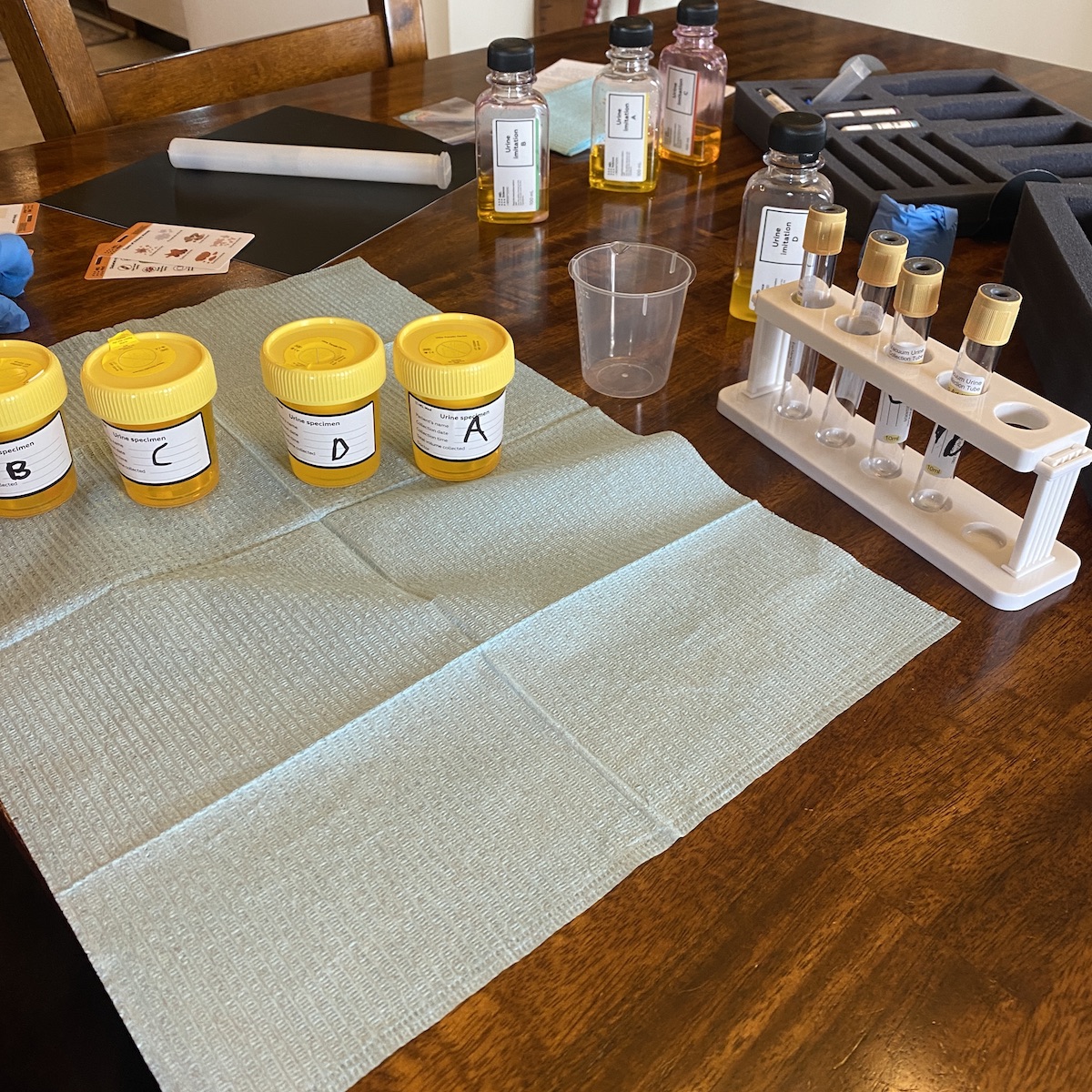
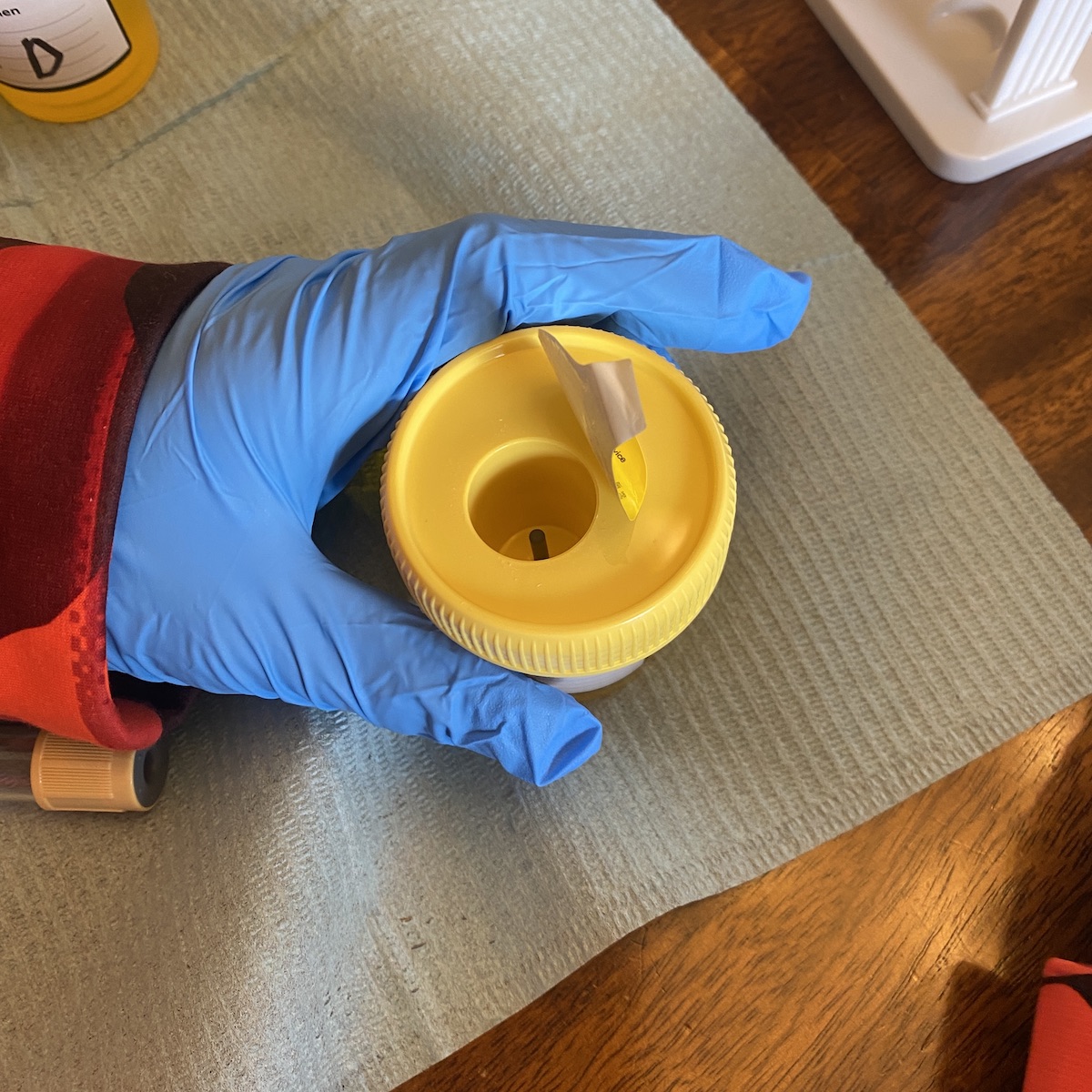



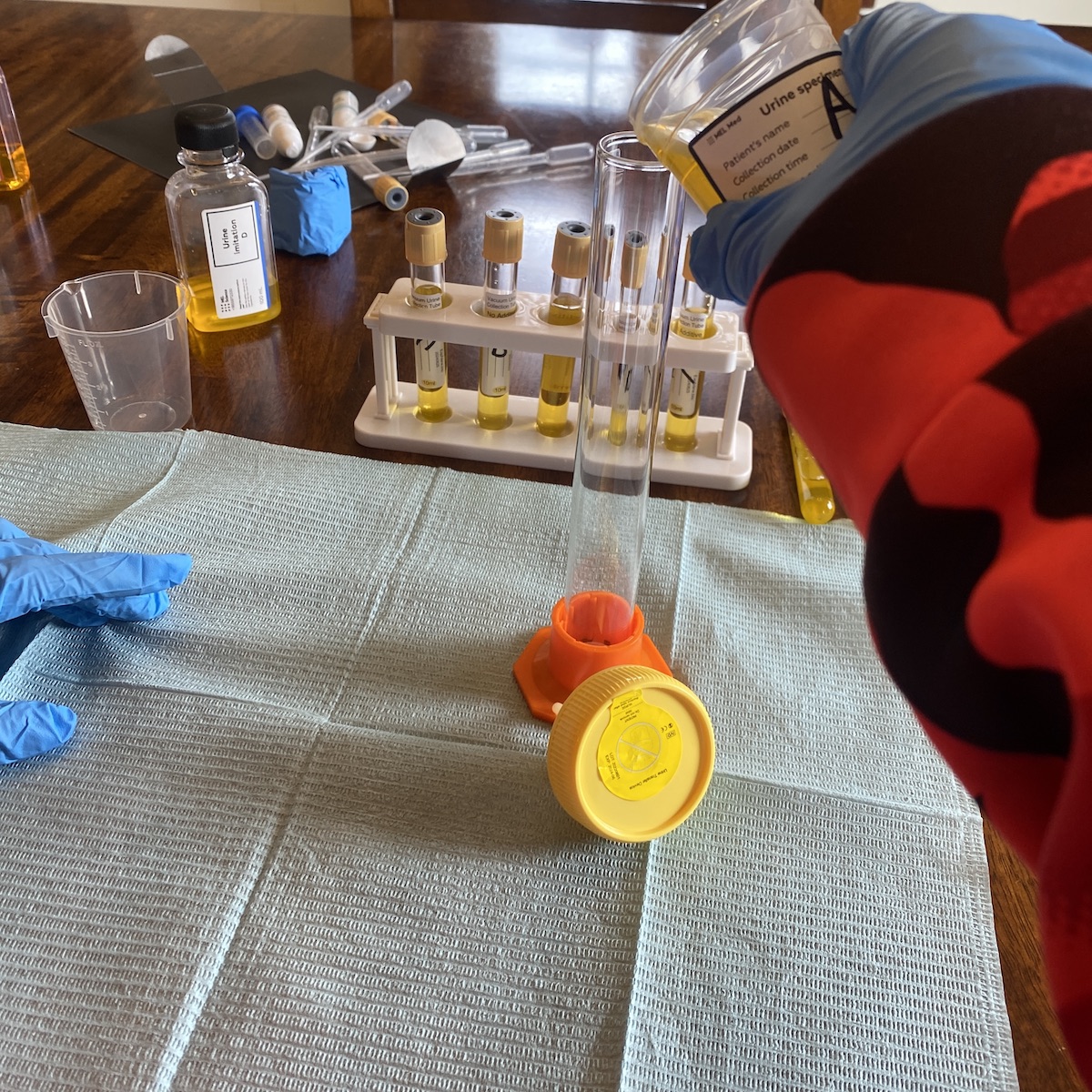

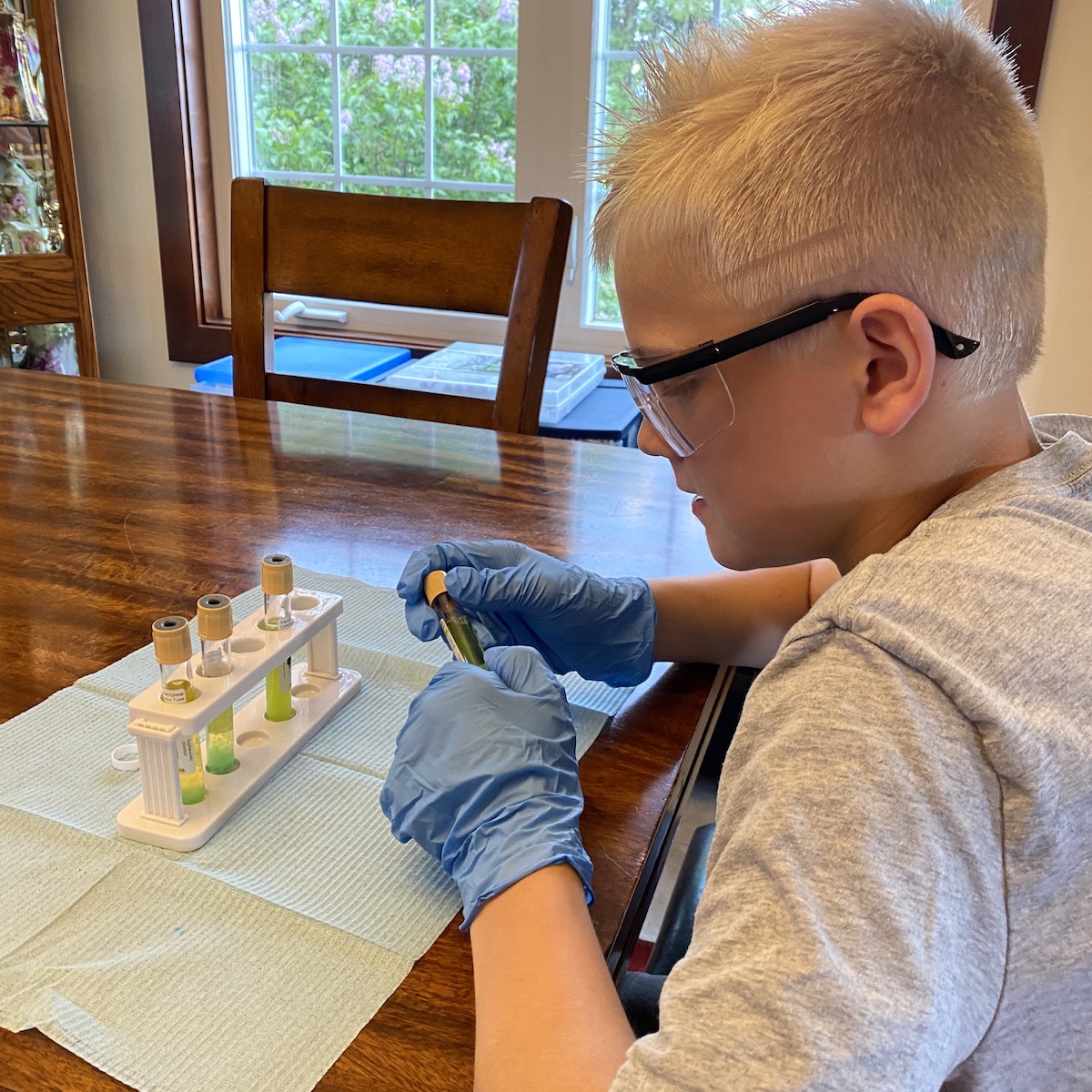
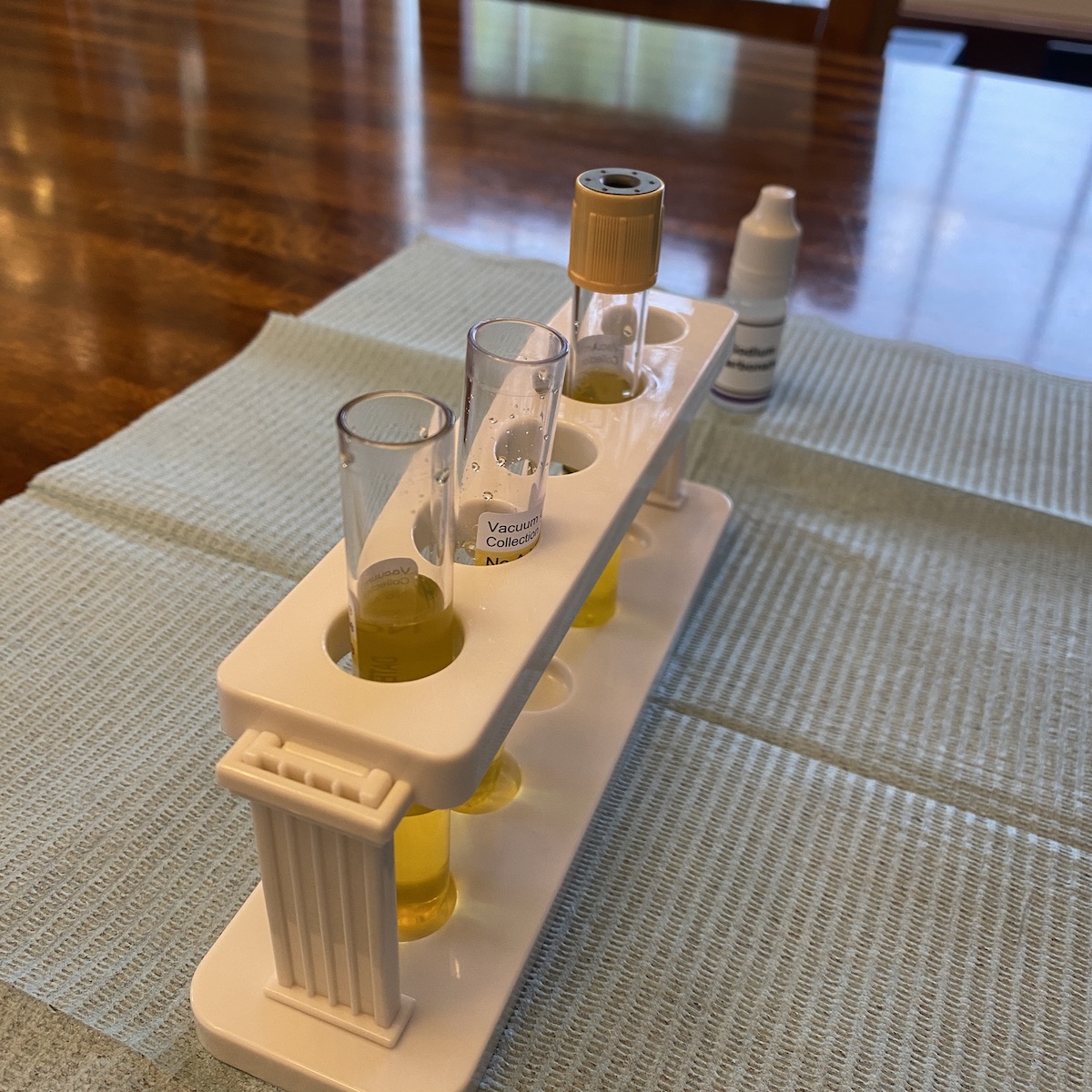














Please do not enter your email address in the Name field or in the comment content. Your email address will not be published. Required fields are marked *. Remember to post with kindness and respect. Comments with offensive language, cruelness to others, etc will not be approved. See our full comment policy here.